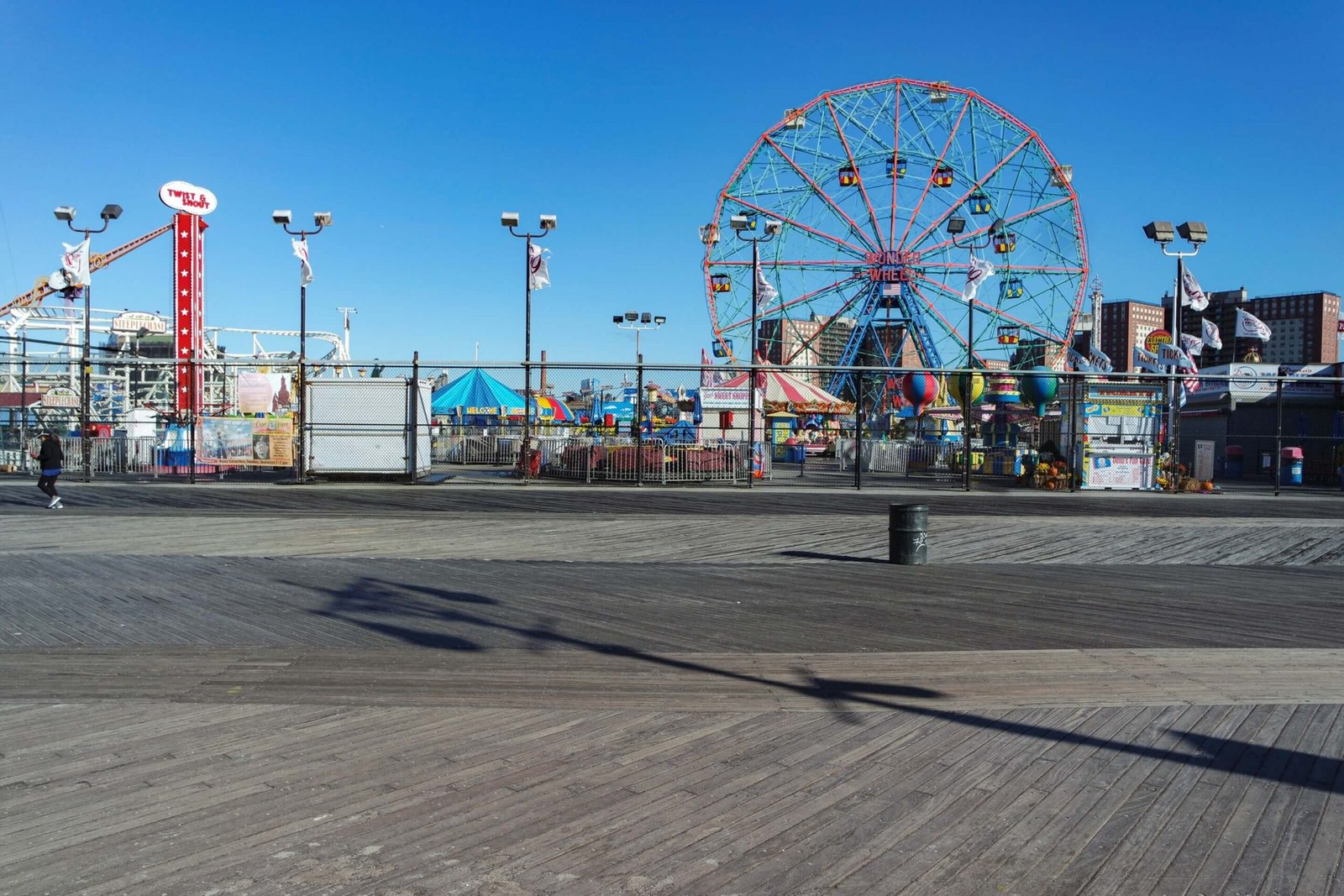The Coney Island Boardwalk shall be changed by plastic and concrete
The boardwalk at Coney Island, a historic 2.7-mile-long stretch of wooden waterfront decking in southern Brooklyn that stretches between Coney Island and Brighton Beach and has served as a summertime destination for New Yorkers for 98 years, is getting its first-ever major renovation. However, not everyone is happy with plans to replace the boardwalk’s tropical hardwood planks with textured plastic.
The Riegelmann Boardwalk sits between iconic Coney Island spots like Luna Park, the Wonder Wheel, the New York Aquarium, and the Atlantic Ocean, and even its underside has been immortalized in song. Built from Brazilian ipê planks, a weather-resistant tropical hardwood that’s only become more expensive in recent years as supply has dwindled and concerns have been raised about overharvesting, the boardwalk has been reconstructed in separate projects numerous times over the years, especially after being slammed by Hurricane Sandy in 2012. However, the $114.5 million allocated on November 17 will go toward a full phased reconstruction.
“The Riegelmann Boardwalk—named for a former borough president—is an iconic location that has drawn visitors from all over the world for decades,” said Brooklyn Borough President and Mayor-elect, Eric Adams. “For many Brooklynites, Coney Island is their summer getaway, where they come to unwind and spend time with friends and family. After securing its status as an official scenic landmark, I am thrilled that the City is finally allocating funding to secure its future, and ensure it receives the needed resiliency upgrades to maintain it as an international destination for decades to come.”
Although only the first phase of the reconstruction is currently funded and plans haven’t been finalized yet, the tentative scheme is to replace the wooden piles and caps below the boardwalk with concrete, the hardwood planks above with textured plastic, and to refresh the furniture. The city is still debating which section to begin work on first, but each phase will be carried out separately to keep the majority of the boardwalk open at any given time.
The structural upgrade would help the boardwalk weather future storms and reduce the amount of tropical timber needed in the event of damage—as Gothamist noted. in 2008 New York was identified as one of the world’s top consumers of endangered hardwoods.
(Gothamist also pointed out that Adams was adamantly against similar plans in 2015 but has thus far declined to comment on the swap to plastic specifically. Final approval will lie with Mayor Adams, as he’ll be the one to cast the deciding vote on the project after his inauguration this January.)
Opposition to the move to concrete and plastic, similar to the last time the idea was floated in 2015, has been fierce. Ari Kagan, the incoming City Council member for Coney Island, told the New York Post that he backs the renovation, but the historic nature of the boardwalk needed to be fought for. Kagan said that he will hopefully work with Adams after his swearing-in to avert the move to plastic.
The area’s current Council Member, Mark Treyger, took a similar stance, telling Gothamist that the New York City Parks Department failed to search for existing reserves of ipê or similar hardwoods and brushed off concerns from constituents.
However, the idea isn’t without precedent. Coney Island’s Steeplechase Pier was replaced with a recycled-plastic-and-concrete facsimile after being heavily damaged by Sandy. The LTL Architects-designed project opened in 2013 to critical acclaim, winning the Award for Excellence in Design from the New York City Design Commission that same year.



